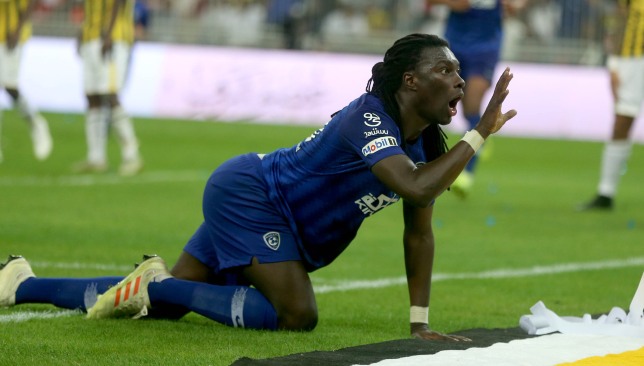
An injection of cash and innovative ideas, in line with Crown Prince Mohammed bin Salman bin Abdulaziz Al Saud’s Saudi Vision 2030, has reinvigorated the Middle East’s premier competition.
Bafetimbi Gomis, Ahmed Musa, Mido, Omar Abdulrahman and – recently departed – Slaven Bilic are among the stellar international names procured since last summer. These esteemed figures have bolstered the native ranks of a football-mad nation that marked its return to the World Cup after 12 years away in Russia, where they defeated Mohamed Salah’s Egypt during the group stage.
Giants clubs such as Al Hilal, Al Ahli Jeddah, Al Nassr and Al Ittihad also attain attendances – and social media presences – to match those found within Europe’s big leagues.
In short, there has never been a better moment to get immersed in the Saudi game. Here is a guide to the superstars now found in the SPL ranks, what has happened and why it matters:
A SEA OF STARS
Saudi teams are no strangers to boasting some of football’s grandees.
Rivellino, Roberto Donadoni, Hristo Stoichkov, Bebeto, Andrei Kanchelskis and Sulley Muntari are among those to have appeared in the Kingdom.
But never before has such a plethora of established performers been present.
A $173.9 million outlay in 2018 placed them behind only Europe’s top-five associations and the China. They spent more than 444.5 per cent more and completed almost three times more incoming transfers than 2017, according to FIFA’s Global Transfer Market Report – 2018.
This splurge was more restrained in winter 2019, yet still a succession of impressive signings were made.
Elite talent is concentrated in the ‘big four’. Ex-Lyon, Swansea, Marseille and France striker Bafetimbi Gomis has struck on 17 occasions in 21 top-flight appearances for leaders Hilal since his €7m procurement from Galatasaray.
He is joined by the likes of Australia centre-back Milos Degenek, Italy maestro Sebastian Giovinco and prolific Spaniard Jonathan Soriano.
Morocco winger Nordin Amrabat and Brazil playmaker Guiliano have made auspicious starts at Nassr. Less so, for €16.5m Nigeria forward Musa.
Cape Verde’s Djaniny and Serbia’s Aleksandar Prijovic were recent top scorers in the Mexican and Greek top flights. They are now employed in Jeddah, at Ahli and Ittihad.
Elsewhere, Jordan’s Amer Shafi and Uzbekistan’s Ignatiy Nesterov were, by common consensus, the two best goalkeepers at Asian Cup 2019. Relegation-threatened Al Fayha and Ohod are keeping them busy.
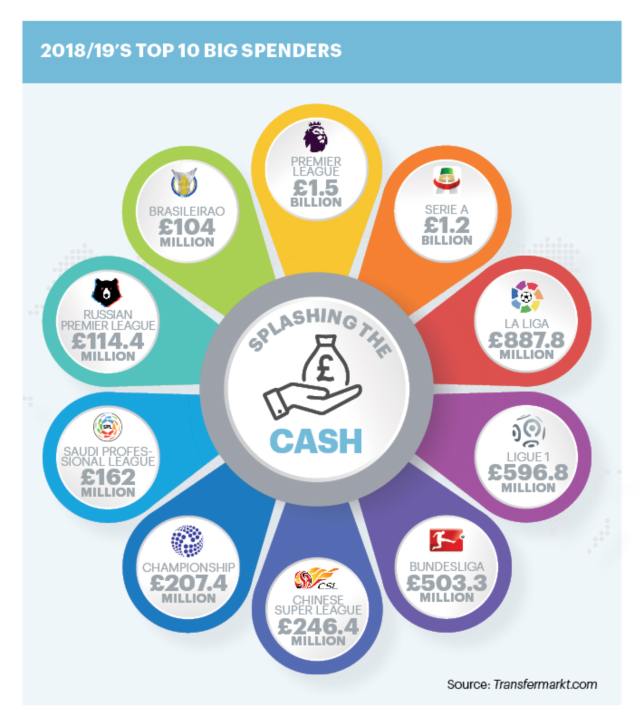
Such largesse has, further, attracted several impressive tacticians to the dugouts.
Lauded ex-Sporting Lisbon and Benfica head coach Jorge Jesus was in charge at Hilal until a fallout in January. Bilic went to Ittihad after more than two seasons at West Ham and was sacked this week because of wretched results, while Egypt firebrand Mido is doing a solid job at Al Wehda.
Rui Vitoria instantly rebounded at Nassr from January’s dismissal by Benfica, where he won six trophies in four years.
Players have also been produced that gain enviable glances across Asia.
Winger Salem Al Dawsari, metronomic midfielder Abdullah Otayf, anchorman Salman Al Faraj and ceaseless forward Fahad Al Muwallad are performers of genuine ability.
Their levels have been raised by both the upturn in the national team’s prospects, plus the increased competition that surrounds them.
The revolution has been nothing short of breath-taking.
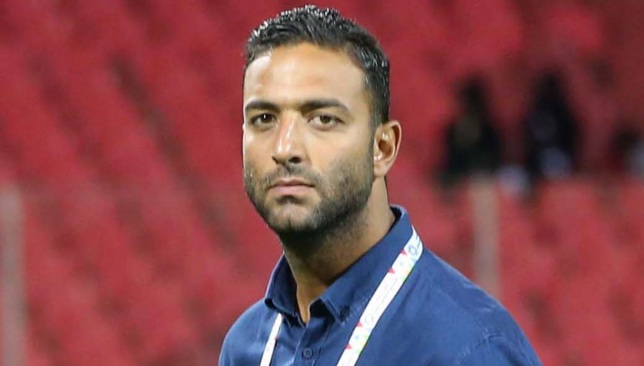
Mido is in charge at Al Wehda (epa).
A KINGDOM TRANSFORMED
Saudi domestic football was in the doldrums.
In converse to the national team’s steady progress through World Cup 2018 qualifying under the Netherlands’ Bert van Marwijk and far-reaching developmental drive overseen by Belgian technical director Jan Van Winckel, club teams were struggling.
A mountain of debt had been accrued through wild, unaccountable spending.
Nassr and Ittihad were two of the most-egregious offenders. Their impatient cycles through coaches and foreign stars caused them to be embarrassingly denied access to the 2018 AFC Champions League as they could not gain licences to compete from the continental organising body.
Even Hilal were floundering. From defeated 2017 ACL finalists, the Crescent would exit the next edition’s group stage with a whimper thanks, in part, to the forgettable contributions of sub-par buys such as Argentine forward Ezequiel Cerutti and Uruguay attacker Matias Britos.
Such failures could not be accepted.
The flamboyant Turki Al Sheikh had ascended to chairmanship of the General Sports Authority in September 2017. Now, was the moment to dramatically accelerate modernisation plans.
A total of nine Saudis experienced the second half of 2017/18 on loan at Spanish clubs. Star winger Al Dawsari would even get on the pitch for Villarreal against Real Madrid – he would go on to strike the late winner against Egypt at the World Cup.
Last May witnessed the GSA and Saudi Arabia Football Federation come together and reveal that the Crown Prince would provide an overnight $340m infusion, covering all external debts for SPL outfits plus provide cash for investments.
Ittihad, alone, had owed $82m.
A total of 107 cases were also then under appeal at world governing body FIFA regarding unpaid wages in the Kingdom.
An announcement in June would follow from the SAFF stating that top-flight teams could possess up to eight non-domestic players.
The scene was set for an epic summer transfer market that would transform perceptions of Saudi football, internally and externally.
Behold us ...https://t.co/jv1JsDen2a pic.twitter.com/iVkY5RE3DF
— AlNassr FC (@AlNassrFC_EN) August 12, 2018
THE WAY FORWARD
2030’s central tenet is to remove the country from its reliance on oil, placing people as drivers of change.
This focused push for economic diversification has touched all sections of civil life. Football, being one of the major national pastimes, was always going to come under its aegis.
Since this dramatic refashioning was enacted last May, numbers through the SPL turnstiles have almost doubled from 2017/18 (average of 5,753) to 2018/19 (average of 9,062). Respected football website Transfermarkt has also determined the competition’s market value doubled during the same period – €179.3m/€371.1m.
Rapid alterations in outlook required a forceful touch. Born-showman Al Sheikh’s theatrical approach was necessary to enact an instant transformation, yet the controversial GSA chairman was moved to the General Authority for Entertainment last December.
The steadier hand of Prince Abdul Aziz bin Turki Al-Faisal is his replacement. Tempered – and sustainable – growth is now the main aim.
Consultations are ongoing between the SPL and SAFF about reducing the number of foreigners in the coming seasons. A split reportedly exists, however, between those who want to drive costs down and clubs that believe plentiful eye-catching additions are a necessity to secure similar deals to the $1.8 billion, 10-year broadcast arrangement inked with Saudi Telecom last February.
Clubs continue to work towards meeting a cap of 70 per cent of revenue to be spent on salaries and transfer fees. Prince Al Faisal is also reported to want summer 2018’s enormous spend to be a one-off.
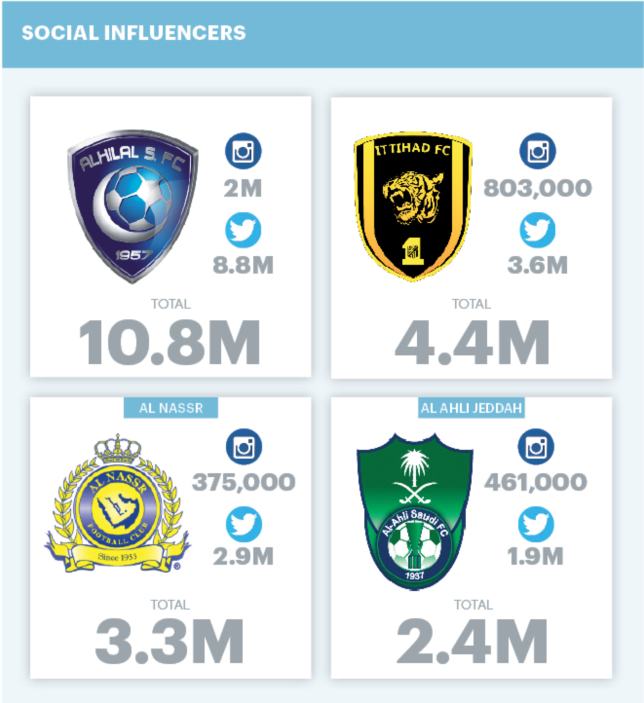
After decades of surviving on handouts because SPL outfits are exclusively government owned, this will require a complete cultural shift. The difficulty of achieving this is shown by the expensive churn at Ittihad, who’ve lavished £45m on 12 foreigners this season yet, shockingly, remain trapped in the relegation zone.
Bilic’s pay off after five unsatisfactory months of work was pegged at €5.5m.
Where 2030’s lasting sporting legacy will be judged, partly, is whether the mission to introduce privatisation into the SPL is attained – and if so, when. Auditors Deloitte have concluded “a thorough feasibility study” into how this ambitious initiative can be achieved.
Initially, a date was set for 2020. SAFF president Qusay bin Abdulaziz Al Fawaz, however, told Reuters in January that: “I don’t have an exact time for this. I don’t know whether it will be 2020 or 2022 until the plan is ready.”
This disrupted progress mirrors issues in wider society. The much-hyped $2 trillion flotation of oil behemoth Aramco was delayed last year, with a fresh date pencilled in for early 2021.
Such intriguing issues on and off the pitch make Saudi football essential viewing – for both the immediate and foreseeable future.
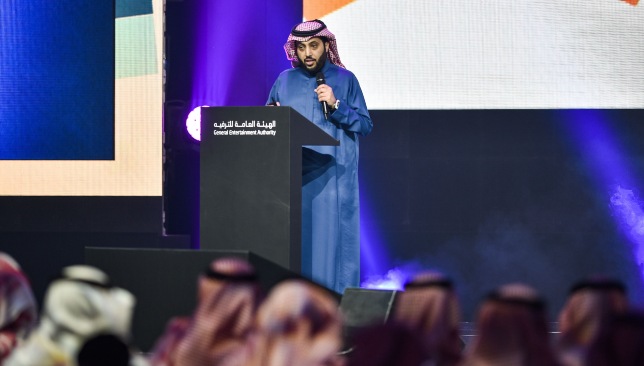
Influential former GSA chairman Turki Al Sheikh.